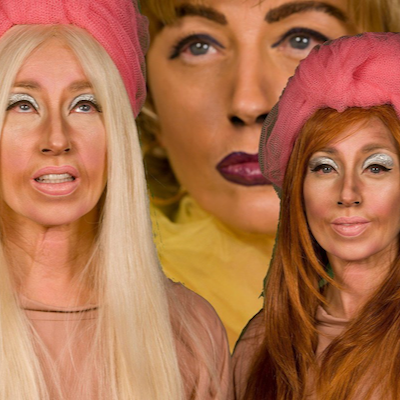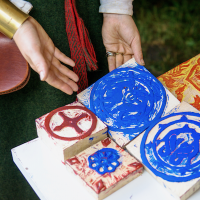
What is lowbrow?
Lowbrow is a derogatory term that refers to certain forms of popular culture. It describes an art movement that began in Los Angeles in the 1970s. The term lowbrow originally refers to a person with little intellectual or refined taste. The Lowbrow art movement, also known as Pop Surrealism, blends elements of underground comics, punk music, hot rod culture, and other subcultures, often with a sense of humor and irony.
Show All
- Show All
- Established
- Discoveries
Show All
ARTWORKS RELATED TO LOWBROW
Takashi Murakami
Murakami Flowers in a Qinghua Vase, 2024
Limited Edition Print
Offset Print
GBP 2,400
Takashi Murakami
Flowerball: Koi/Red crowned Crane Vermillion: From Japan with Love, 2017
Limited Edition Print
Offset Print
USD 4,400
Takashi Murakami
We Are Destined to Meet Someday! But For Now, We Wander in Different Dimensions, 2016
Limited Edition Print
Offset Print
USD 3,600
Takashi Murakami
DOB in Pure White Robe (Pink & Blue), 2013
Limited Edition Print
Offset Print
USD 3,125
Takashi Murakami
And Then, And Then, And Then, And Then, And Then (Gargle Glop), 2006
Limited Edition Print
Offset Print
USD 3,125
Takashi Murakami
And then, and then, and then, and then, and then, 2006
Limited Edition Print
Offset Print
USD 3,125
Takashi Murakami
And then, and then and then and then / Hello, 2006
Limited Edition Print
Offset Print
USD 3,125
Takashi Murakami
And Then X5 Yellow Universe, 2013
Limited Edition Print
Offset Print
Inquire For Price

Woodblock printing is a technique that uses a carved wooden surface to create an image on materials such as paper or cloth. Ink or paint is applied thinly to the carved surface, which is then pressed against the material to transfer the image. This method has been historically significant in various cultures for producing prints and textiles.






















